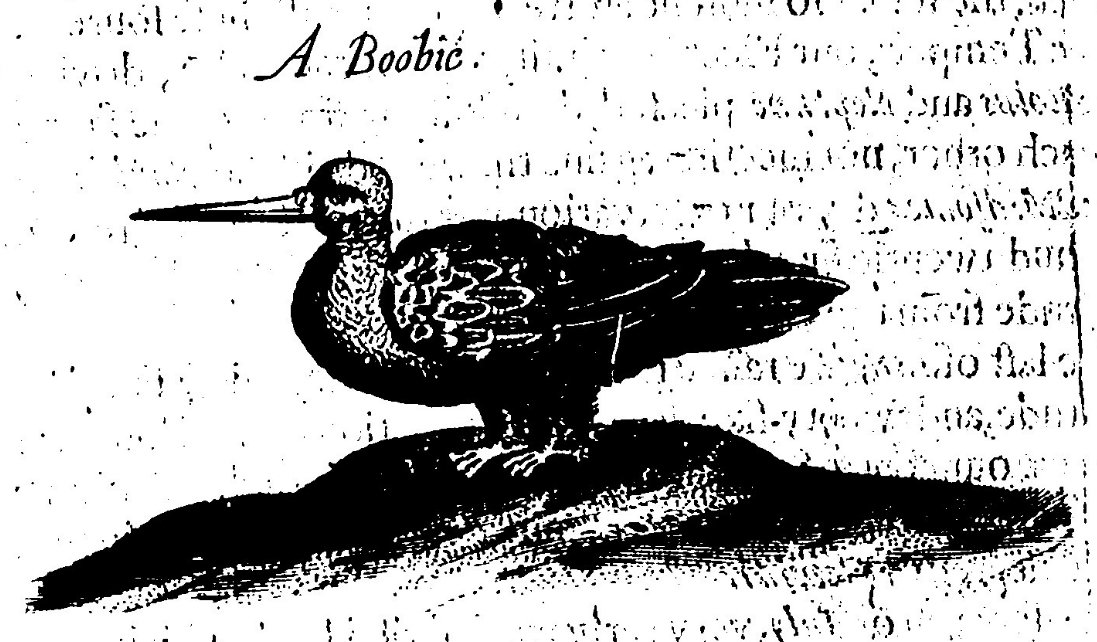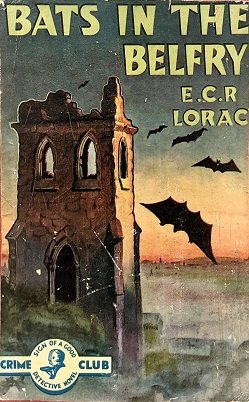18 October 2023
The Underground Railroad is the name given to the various networks of secret routes and safe houses that escaped enslaved people used to flee the Southern States to the North and to Canada. Some routes also led to Mexico. The networks were run primarily by free African Americans with assistance from white abolitionists. Underground Railroad is a metaphorical phrase referring to its secretive nature, as subways and literal underground rail lines did not exist at the time of the term’s coinage.
Until recently, the origin of the name had been lost in the mists of time, but Scott Shane, writing in the New York Times on 11 September 2023, uncovered the earliest known use of the term and the likely point of origin. This first use was by Thomas Smallwood, a freedman who had purchased his emancipation in 1831, and who was residing in Washington, DC at the time of the coinage. Besides being active himself in helping enslaved persons escape to the North, at this time, Smallwood was writing a series of letters, under the pseudonym Samuel Weller, to the abolitionist newspaper the Tocsin of Liberty recounting tales of escapees and the efforts of their enslavers to recapture them. In a letter in the 10 August 1842 issue of that paper, Smallwood responded to an ad placed by a Thomas Scott, offering a reward for an escaped enslaved man from Washington, DC, a Henry Hawkins. The ad, besides giving a description of Hawkins, also listed a rather extensive wardrobe of clothes that Hawkins was supposedly carrying in a carpet bag:
Pretty accurate Mr. Scott! only not quite so exact as to the clothing.—Poor fellow, he couldn’t take all the clothing you speak of, from his haste! I half suspect you describe so much clothing merely to give northern people the idea that you clothed him well, when you know that he had to buy for himself, and that it was your cruelty to him, that made him disappear by that same “under ground rail-road” or “steam balloon,” about which one of your city constables was swearing so bitterly a few weeks ago, when complaining that the “d----d rascals” got off so, and that no trace of them could be found! […] it is true his boots are “fine,” but I am quite sure you didn’t buy them for him, and you are quite mistaken about the “carpet bag.” He could get it to the depot of the subterranean rail-road, without notice.
By his own account, Smallwood first heard the term under ground rail-road uttered by an exasperated police offer and escaped-slave hunter, who was using the term as a label for the way that escaped enslaved persons disappeared, as if they were mysteriously vanishing into the ground.
On 21 September in the Tocsin, a notice gives the news that Hawkins successfully reached his destination in the North and again used the phrase:
Sam Weller is requested to tell the Slaveholders that we passed 26 prime slaves to the land of freedom last week and several more this week thus far; don’t know what the end of the week will foot up. All went by “the underground rail road.”
[…]
Henry Hawkins would like to have Sam inform Austin Scott, at Washington city, that he is well and delighted with Northern scenery and society, and hopes he may get along without his services in future. He wants to send the editor of the Tocsin money enough to buy him a new coat, as the linen roundabout is nearly wore out, and it is coming on cold soon. This would only be a very small item in the amount of which Scott has robbed him of his services.
This notice was reprinted in a number of other abolitionist newspapers, including William Lloyd Garrison’s Liberator, on 28 September, so we have a record of Underground Railroad spreading from Smallwood’s use of it to wider abolitionist circles.
In a 3 November 1842 missive to the Tocsin, Smallwood gave more details about the coinage, identifying the police officer in question as a Baltimore man named Zell and using the phrase multiple times:
Don’t you think it was wrong to treat that Christian mother as a mere “breeding wench,” and refuse her husband for months together, all access to her society? If you have a mind to confess your wrong to Mrs. Tilly, and bay Dennis Shaw his wages, and make his double and twisted eyes sparkle, I will give you a letter to them, on application at the “office of the underground railroad.”
[…]
Here am I, Samuel Weller, jun., still in the city to scourge and mock at them, and defy all their puny efforts to discover me, or the “underground railroad.”
[…]
At other times they reckon their victims escape in coaches or wagons. Then they imagine they go by water, which is often the case. All this shows that they would give a plum to know where the under-ground Rail Road begins! That name was given to it by constable ZELL of Baltimore.
[…]
I must close my letter without paying my respects to the large number who have recently been afflicted by the loss of their servants! The conductor of the U.G.R. Road tells me that over 20 have gone, this month! you may depend on hearing from them, through me, as soon as I learn of their reaching the other end of their journey.
While it is highly likely that Smallwood and Zell are the originators of Underground Railroad, there is one claim, that while doubtful, cannot be dismissed outright. Eber Pettit, a white abolitionist who was active in ferrying escapees northward, in his 1879 book Sketches in the History of the Underground Railroad, claims to have first encountered the phrase in an October 1839 Washington, DC newspaper article with the title “Underground Railroad—A Mystery Not Yet Solved.” He includes the text of said article, copied “as closely as I can from memory, not having time to look up the paper.”
In addition to the title, Petit remembers the article quoting an escapee who had been caught saying, "the railroad went underground all the way to Boston.”
I have been unable to find an article that even vaguely resembles the transcript that Pettit has produced from any time prior to the Civil War.
While this is a lead worth investigating further, it hardly constitutes solid evidence. The transcript he produces in his book is from memory, forty years after the fact. It cannot, by any stretch of the imagination, be considered reliable. As a general rule, humans are notoriously bad at recalling verbatim accounts of past texts and conversations, and slipping anachronistic wording into remembered conversations or texts is commonplace. In this case, we must keep our eyes peeled for that 1839 article, if it exists, but until it is found, Smallwood must be considered the likely point of origin.
Sources:
Oxford English Dictionary, second edition, 1989, s.v. underground, adj. and n.
Pettit, Eber M. Sketches in the History of the Underground Railroad. Freedonia, NY: W. McKinstry & Son, 1879, 35–36. HathiTrust Digital Archive.
Shane, Scott. “How the Underground Railroad Got Its Name.” New York Times, 11 September 2023.
Smallwood, Thomas [Sam Weller, pseud.]. “Communications” (1 August 1842). Tocsin of Liberty (Albany, New York), 1.45, 10 August 1842, 2/1. Digital Commonwealth.
———. “Communications” (22 October 1842). Tocsin of Liberty (Albany, New York), 2.5, 3 November 1842, 2. Digital Commonwealth.
“Twenty-Six Slaves in One Week.” Tocsin of Liberty (Albany, New York), 1.51, 21 September 1842, 3/3. Digital Commonwealth.
Image credit: Unknown artist, 1872, in Still, William. The Underground Rail Road. Philadelphia: Porter & Coates, 1872, between 102 & 103. Archive.org. Public domain image.





